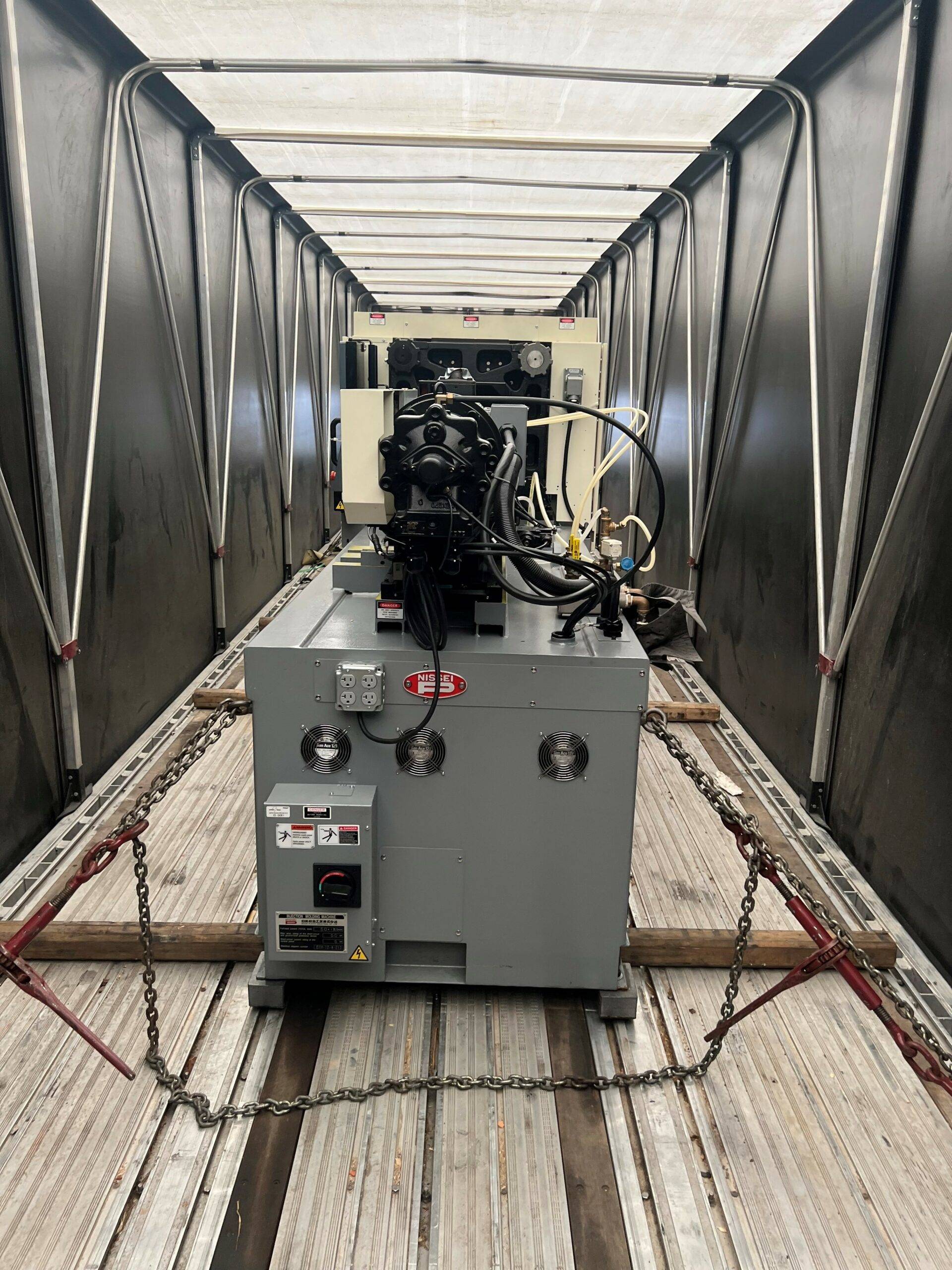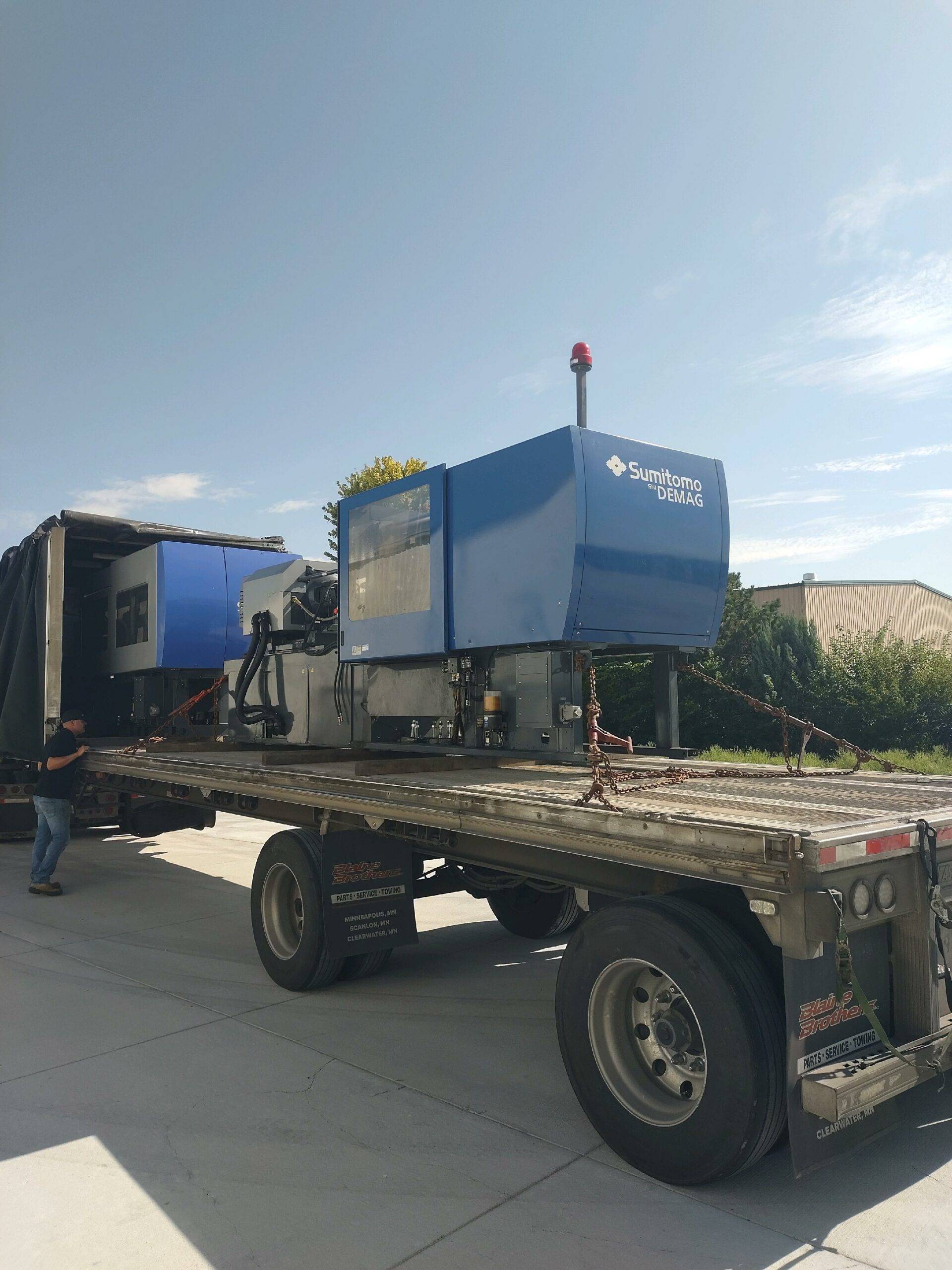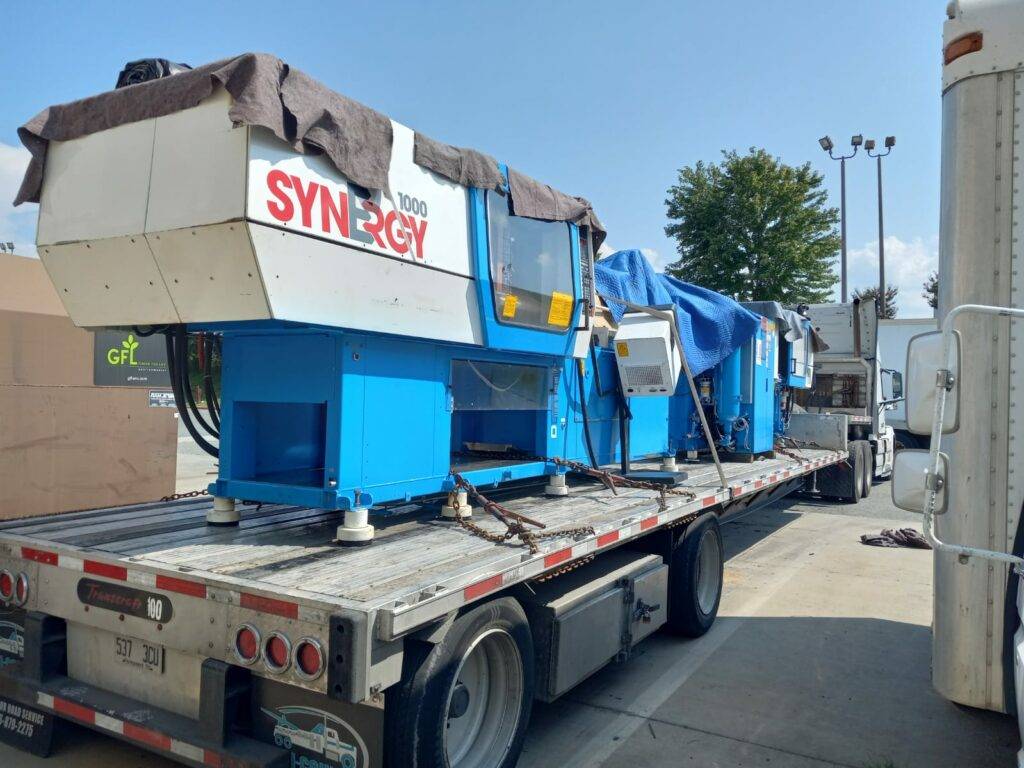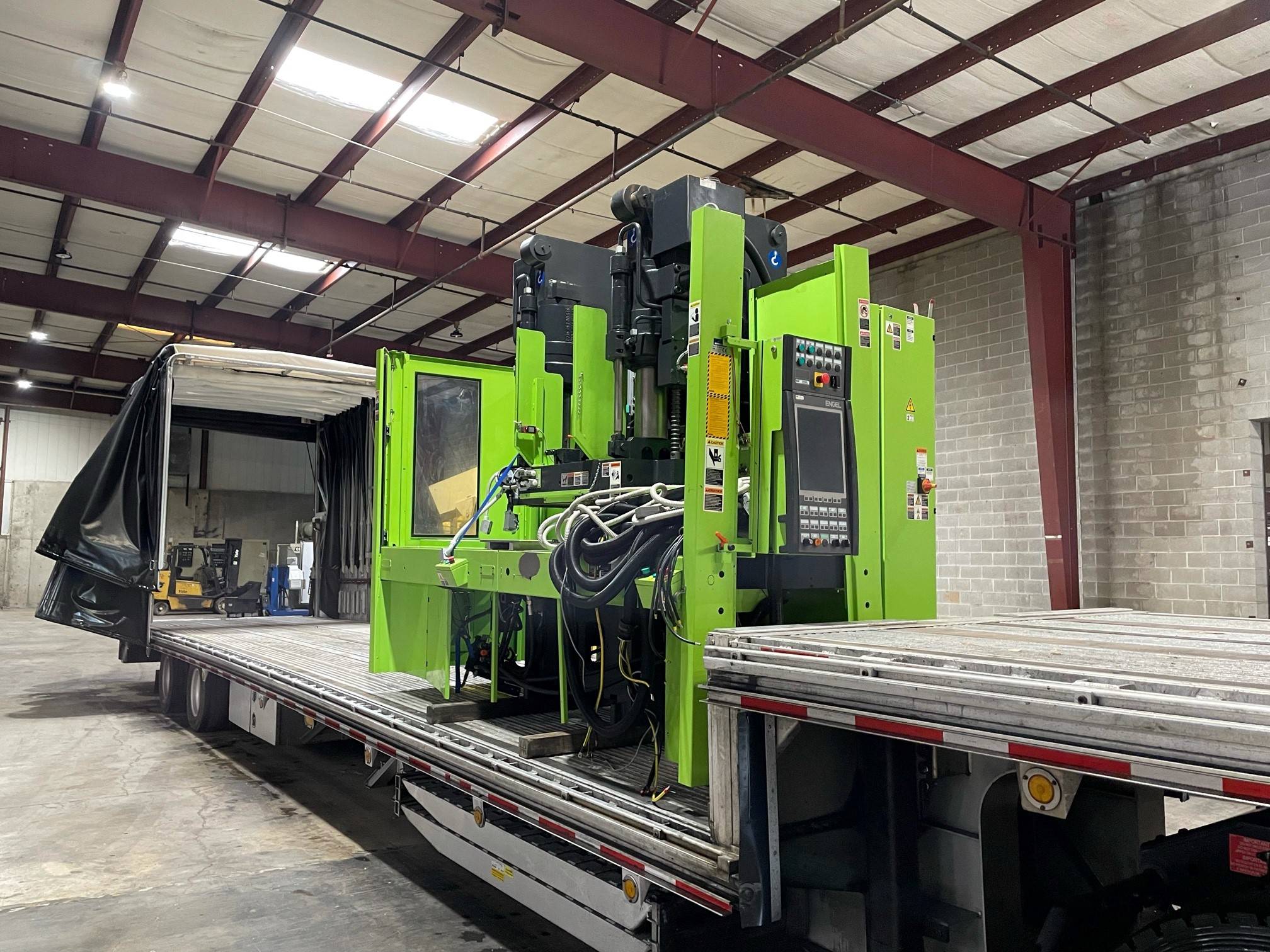What is a Step Deck Conestoga Trailer?

A step deck conestoga trailer combines the best of two trailer types for a flexible shipping solution. Think of a step deck trailer, designed to carry taller cargo with its two deck levels. Now, add the convenient and protective sliding tarp system of a conestoga trailer. That’s the core concept behind a step deck conestoga trailer.
This trailer features a lower deck closer to the ground, allowing for greater cargo height than a standard flatbed. This lower deck is perfect for taller items like machinery. A shorter upper deck provides extra loading space for materials or equipment within standard height restrictions.
The real advantage is the conestoga system. This system uses a strong tarp stretched over a frame, sliding open and closed like a curtain. This design eliminates traditional tarping, making loading and unloading quicker and safer. It also provides better protection from weather and road debris than open flatbeds.
This blend of features makes the step deck conestoga trailer ideal for moving large, tall, and valuable cargo that needs extra care during transport.

Benefits of Step Deck Conestoga Trailers
The step deck conestoga trailer offers a unique set of advantages that can make your freight transportation smoother and more efficient.
First, the step deck design lets you transport taller cargo than a standard flatbed. This is perfect for items like construction equipment or machinery that might be too tall for standard trailers. Need to move a large piece of farm equipment? A step deck conestoga trailer can handle it.
Second, the conestoga system provides exceptional cargo protection. The sliding tarp system acts like a shield for your valuable goods, protecting them from harsh weather, road debris, and even theft. This is a major plus compared to traditional open flatbeds, which require time-consuming and less secure tarping methods.
Finally, the conestoga system makes loading and unloading simple. The tarp retracts quickly and easily, allowing for easy side loading. This eliminates the hassle of traditional tarping, saving you time and labor costs.
Loading and Unloading Procedures
One of the biggest advantages of a step deck conestoga trailer is the ease of loading and unloading. The sliding tarp system makes side loading simple, unlike traditional flatbeds that require overhead tarping. However, there’s a correct way to do it to ensure safety and efficiency.
Always park the trailer on a level surface before starting. This prevents the trailer from moving during loading or unloading. Next, secure the trailer using wheel chocks for added stability.
Now, open the conestoga system. This usually involves releasing a series of latches and sliding the tarp open like a curtain. With the tarp open, you have full side access to the trailer for loading. Use proper loading equipment like forklifts or cranes, making sure the weight is distributed evenly across the deck.
When loading, consider the height restrictions of both the upper and lower decks. Taller cargo goes on the lower deck, while shorter items can be loaded on the upper deck. Secure your cargo properly using straps, chains, or other appropriate methods to prevent movement during transport.
Unloading is the same process in reverse. Again, make sure the trailer is secure and on level ground. After opening the conestoga system, carefully remove the cargo restraints and use the appropriate equipment to unload each piece.
Following these procedures will maximize the efficiency and safety of loading and unloading your step deck conestoga trailer. This helps ensure your cargo arrives at its destination undamaged and on time.
Maintenance and Care
Keeping your step deck conestoga trailer in good condition is vital for its performance and longevity. Regular maintenance might seem like an added cost, but it’s minor compared to potential downtime or major repairs later.
One of the most important tasks is regularly inspecting the conestoga tarp system. Look for any tears, holes, or signs of wear and tear. The tarp is your cargo’s primary protection against the elements, so maintaining it is essential.
Don’t forget about the trailer’s brakes, tires, and lights. These components are crucial for safe operation and should be inspected regularly, just like any other trailer. A well-maintained step deck conestoga trailer will provide you with years of reliable service.

Regulations and Compliance
Operating a step deck conestoga trailer safely and legally requires understanding specific regulations and compliance standards.
One of the most critical aspects is understanding weight limits. Step deck conestoga trailers, like all trailers, have a maximum weight capacity that cannot be exceeded. This includes the trailer’s weight (empty weight) and the cargo weight (payload). Overloading can lead to fines, damage to the trailer, and a higher risk of accidents.
Height restrictions are another important factor. The step deck design allows for taller cargo, but limits still exist. Check the legal height restrictions for your travel route.
Finally, securing your cargo correctly is crucial. Using adequate restraints like straps, chains, and load bars prevents shifting during transport, which could make the trailer unstable and create a dangerous situation.
Staying informed about the regulations and compliance standards specific to your step deck conestoga trailer ensures safe and legal operation. If in doubt, consult your local Department of Transportation or a qualified transportation specialist.
Future Innovations in Trailer Design

The world of freight transportation is always changing. The step deck conestoga trailer is already an important innovation, but the future holds even more exciting developments. Imagine a step deck conestoga trailer with advanced sensors that track cargo conditions, sending real-time updates on temperature, humidity, and even potential impacts.
Future trailers could utilize lighter and stronger materials. Imagine advanced composites or even 3D-printed components that reduce weight and improve fuel efficiency without sacrificing durability. This would allow for transporting more cargo with a smaller environmental impact.
Automation could also play a larger role in loading and unloading. Imagine robotic systems efficiently moving cargo on and off the trailer, minimizing manual labor and reducing loading times. This would be particularly useful for heavy or bulky items that usually require specialized equipment.
These innovations might seem far off, but they’re closer than you might think. They could make the already efficient step deck conestoga trailer even more versatile, secure, and cost-effective.


